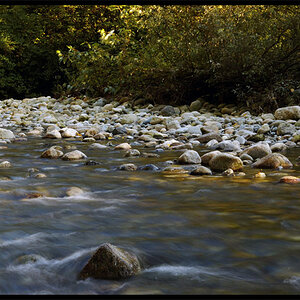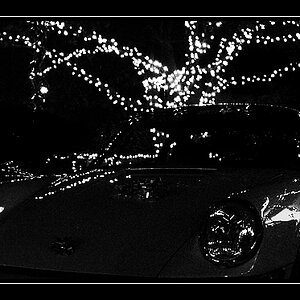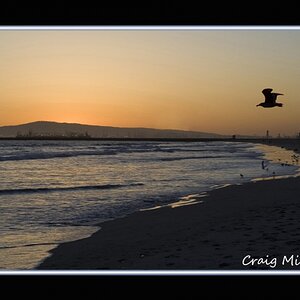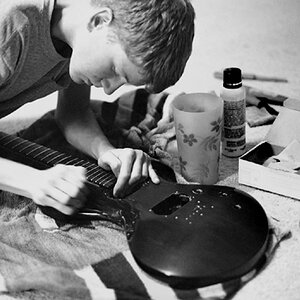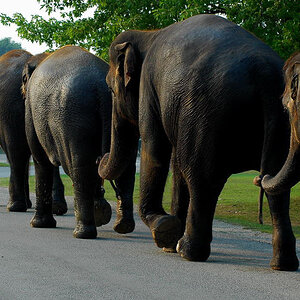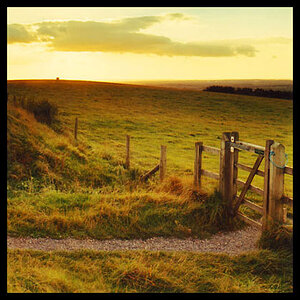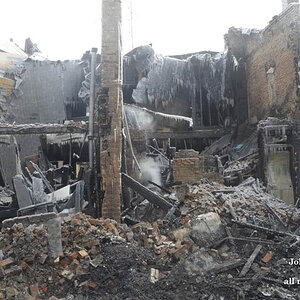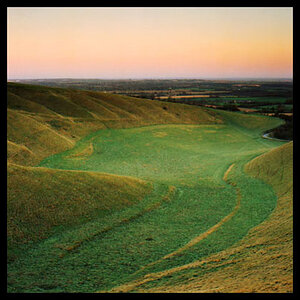Formatted
No longer a newbie, moving up!
- Joined
- Dec 20, 2009
- Messages
- 1,391
- Reaction score
- 66
- Location
- England
- Website
- www.jawns.co.uk
- Can others edit my Photos
- Photos NOT OK to edit
http://img155.imageshack.us/img155/3846/dsc0521j.jpg
http://img29.imageshack.us/img29/6815/dsc0525x.jpg
http://img42.imageshack.us/img42/9088/dsc0526wn.jpg
You decide!
P.S Shamelessly stolen from Nikon Rumours!
http://img29.imageshack.us/img29/6815/dsc0525x.jpg
http://img42.imageshack.us/img42/9088/dsc0526wn.jpg
You decide!
P.S Shamelessly stolen from Nikon Rumours!


